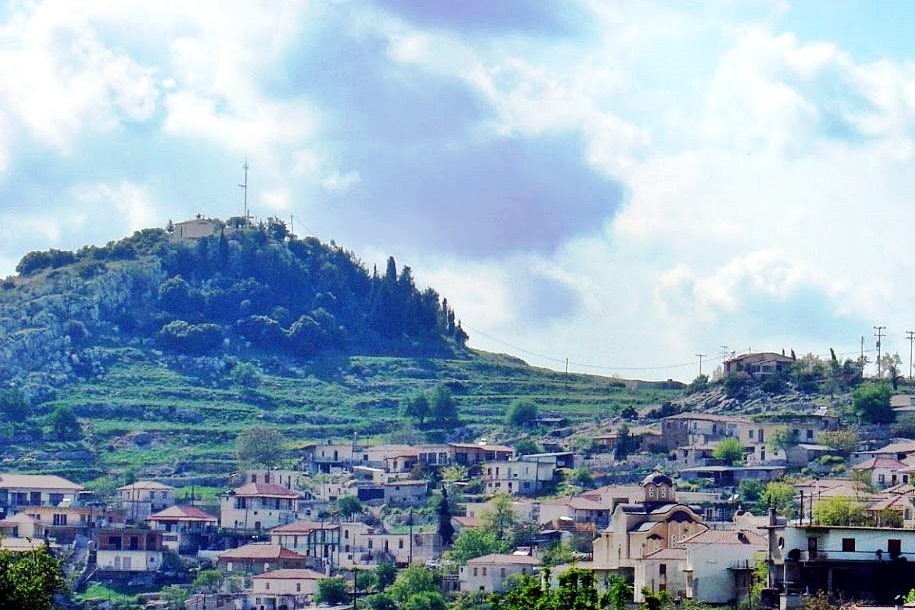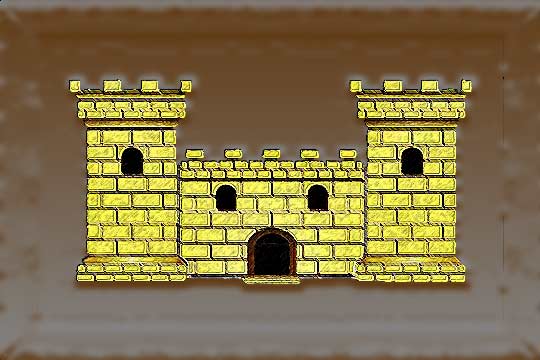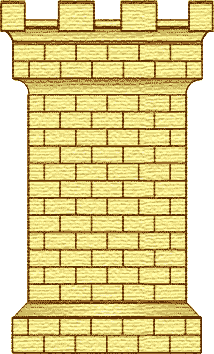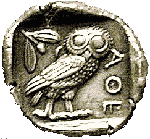Angelokastro, Corinth, Corinthia,Peloponnese
Angelocastro of Corinth
| Location: |
| On a hill above Angelocastro in Corinth area, Peloponnese |
| Region > Prefecture: |  |
| Peloponnese Corinthia | |
| Municipality > Town: | |
| City of Corinth • Angelokastro | |
| Altitude: | |
|
Elevation ≈ 830 m (Relative Height≈40 m) |
| Time of Construction | Origin | |
| 13th century | Late-BYZANTINE |
|
| Castle Type | Condition | |
| Castle Ruins |
In Ruins
|
Byzantine castle in the southeast of the prefecture of Corinth, on the south side of Mount Politis or Poulageza.
The castle is in a location with a high altitude (830 m.) but the hill is vulnerable, being rather smooth and with a small elevation difference from the surroundings.
History
From archaeological findings it is certain that the place has been inhabited since the Neolithic era, although the history of the castle itself is unknown.
We do not know exactly when the castle was built. The prevailing view is that it was built in the early 13th century, when the region was ruled by Leo Sgouros, before the arrival of the Franks. That is, between 1205 and 1210. At that time, the Despot of Epirus Michael I Komnenos Doukas (who belonged to the imperial dynasty of the Angelos) was actively helping Leo Sgouros in his fight against the Franks and perhaps as part of this assistance he built this particular castle, which was named Angelokastro in his honor.
This hypothesis about the origin of the castle may or may not be true. It is true that Despot Michael had campaigned in the Peloponnese to stop the Franks, and later helped Sgouros, but no other connection of the Despotate with this particular castle is known beyond its name.
The area fell into the hands of the Franks around 1210, after the fall of Acrocorinth. Until 1311, Angelokastro belonged to the Frankish Duchy of Athens, like all of Corinth.
After 1311, it passed directly under the jurisdiction of the Principality of Achaia. In 1358, the Castellany of Corinth was given to the Florentine Niccolò Acciaiuoli, a former governor of the Principality of Achaea. The Castellania included 8 castles, among which was Angelokastro.
Angelokastro is first mentioned in 1365 as part of the Castellania of Corinth in a document on the tax revenues of the castellany.
From 1371 to 1394 the castle belonged to Nicolos' nephew, Nerio Acciaiuoli, who was initially Lord of Corinth and later Duke of Athens.
In 1395, when the Despot of the Morea, Theodore I Palaiologos, became lord of Acrocorinth, he captured Angelokastro along with other castles in the area. The Byzantines held the castle until 1458 when Mehmed I the Conqueror conquered the northern Peloponnese.
The castle is mentioned in Latin lists of the castles of the Peloponnese: In the list of 1377 it is called Lo castello de Angelo Castro and is among the castles of the Castellany of Corinth.
In the list of the castles of the Principality of Achaia of 1391 it is not included, because at that time it belonged to the semi-independent Nerio Acciaiuoli.
In the Venetian list of 1467 it is mentioned as Angelo Castro and is noted as destroyed and in the hands of the Turks.
In the list of 1471 it is noted as Venetian and not destroyed, with the name Ancello-Castro. However, there is a some doubt whether the Angelokastro in the last two lists, of 1467 and 1471, are identified with the Angelokastro of Corinth, because they are registered, in both cases, with a group of castles of Achaia. However, we have never heard of Angelokastro in Achaia, so it is most likely that they are indeed identified with the Angelokastro of this page.
Structure, Fortification & Buildings
The castle has been declared an archaeological site since 1962. Its current condition is poor, as it is mainly preserved in piles of stones, while only a few parts are preserved at a certain height.
The walls of the castle are made of small stones connected with mortar. It is a hasty and rough construction.
The thickness of the wall is 1-1.2m.
It has an area of approximately 4,000 sq.m..
It consists of an acropolis with an observation tower and a courtyard of towers and buildings as well as covered streets, while outside the courtyard there are ruins of a Roman edifice.
| First entry in Kastrologos: | June 2013 | Last update of info and text: | March 2025 |
Sources
- Blog - ΑΓΓΕΛΟΚΑΣΤΡΟ ΚΟΡΙΝΘΙΑΣ
- Pictures from Panoramio by the user Burgenfuzzi
- Δημήτριος Περσέας Λουκίσσας, ΑΡΓΟΛΙΔΑΣ, ΚΟΡΙΝΘΙΑΣ ΠΕΡΙΗΓΗΣΙΣ, τόμος Α’, Ανοιχτή Πόλη, Αθήνα, 2021, σ.73
- Ιωάννης Ε. Πέππας, «Μεσαιωνικές σελίδες της Αργολίδος, Αρκαδίας, Κορινθίας, Αττικής», Αθήνα 1990, σελ.. 219-222
- Antoine Bon, 1969, La Morée franque. Recherches historiques, topographiques et archéologiques sur la principauté d'Achaïe (1205-1430), Editions de Boccard, , 479, 484
|
|
| Access |
|---|
| Approach to the monument: |
| - |
| Entrance: |
| Free access |














